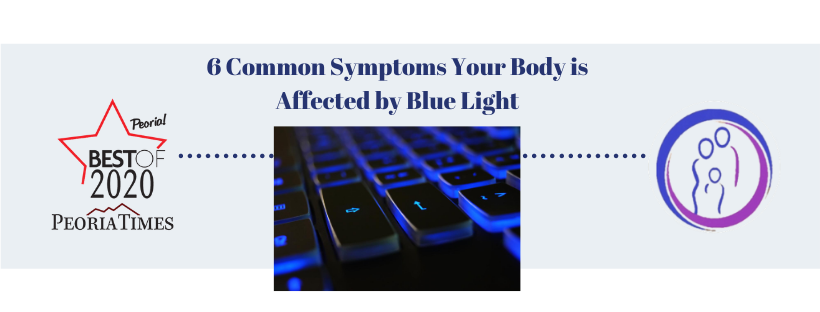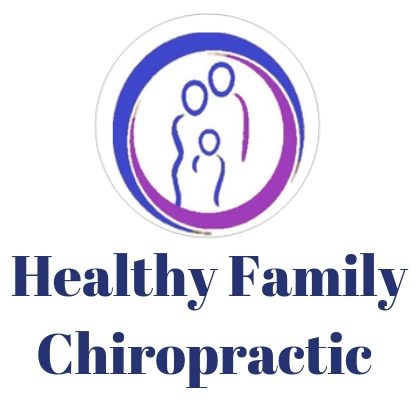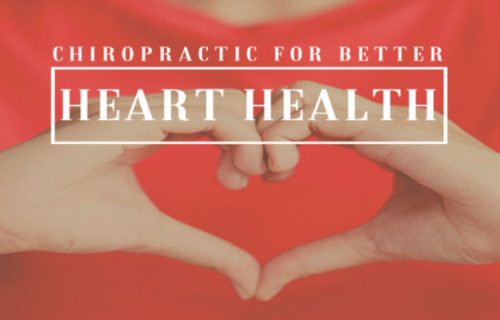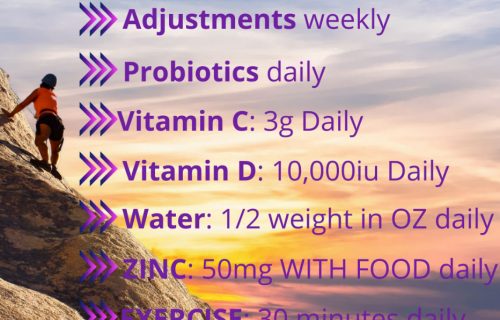
6 Common Symptoms Your Body is Affected by Blue Light
When is Blue Light too much for your eyes?
Do you remember the last time you spent a day without a lingering headache or blurred vision? Were you away from your phone, computer or TV screen? How long can you go texting and e-mailing without feeling eye strain? If this sounds like anything you have encountered, chances are you may be experiencing common symptoms of digital eye strain associated with prolonged blue light exposure. Whichever the case may be, it’s important to protect your eyes, alleviate the symptoms and maintain your eyes healthy long term.
What is blue light?
Blue light is all around us, there is both natural blue light and artificial blue light.
Natural blue light comes from the sun. It is a short wavelength of visible blue light and high in energy. On a clear day, the sky appears blue due to the high degree of blue light scattered in the atmosphere. By sunset, most of the blue light is removed as the red and yellow lights are scattered throughout the atmosphere.
Artificial blue light is also a short wavelength of visible blue light that is high-energy and remains high all the time. Blue light also known as high-energy visible blue light (HEV), has high frequency and short wavelengths similar to UV light.
Types of artificial blue light includes but is not limited to smartphones, computers, televisions tablet screens, and LED lamps.
Common Symptoms
Prolonged exposure to blue light has shown to damage the retina, the part of the eye that detects qualities such as color and light intensity.
1. Eye Strain
Because your eyes are working extra hard to cope with the blue light, you begin to experience eye strain. Over sustained periods, the exposure can contribute to long-term vision issues such as cataracts and age-related macular degeneration (AMD).
2. Headaches/ Migraines
A headache is a common symptom that is caused from too much stress on the eyes. People who already suffer from sensitive light can trigger frequent migraines from exposure to blue light.
3. Blurry Vision
Whether it is a school paper, work spreadsheet or detailed graphic design project you are working on, it is easy to lose track of time as you are focused to get the work done. However, not giving your eyes a proper break from screen time can lead to blurry vision as our natural eye’s filters are not fit for blocking blue light.
4. Dry Eyes
Another common symptom associated with prolonged exposure to blue light screens is dry eyes. Staring at a screen for a long time causes an imbalance on your eyes, making it less likely to blink frequently and produce moisture.
5. Inability to Focus
Due to eye strain and chronic headaches, it makes it more difficult to stay focused while working on your computer or phone for long periods of time. You have deadlines to meet, and we get that, but it’s also important to keep your body in check in order to stay focused.
6. Disrupts Sleep Pattern
A common habit before bed is checking emails or catching up on social media. However, at night, blue light disrupts our circadian rhythm, the natural release of hormones (melatonin). The blue light tricks our brain into believing that it is day-time, which makes falling asleep more difficult and lowers our sleep quality. Circadian disruption produces serious downstream effects including increase in obesity and depression.
How To Protect Your Eyes From Blue Light
Although there are many alternatives to blue light blocking, the most effective is blue light protection eyewear glasses because it provides protection all day. Just think about it, how quickly do you switch from looking at your computer screen to your phone or television to take a break? How about the LED lights at the supermarket or workplace? We can’t escape blue light, but we can surely decrease our exposure to it.
A tip from Dr. Jen—You can find these blue light blocking glasses at your local dollar stores!



